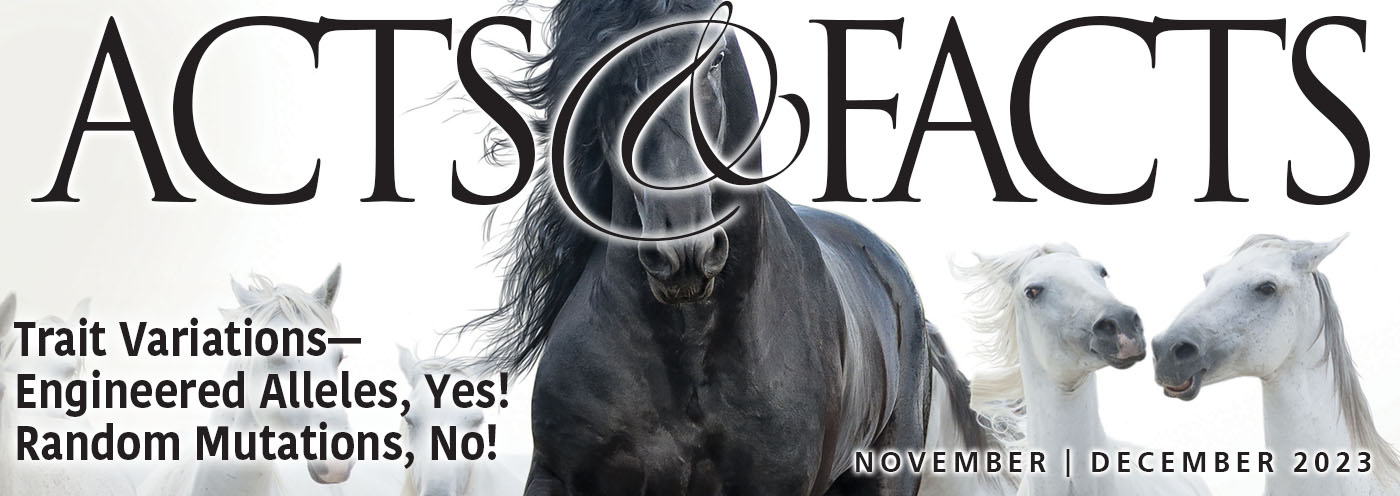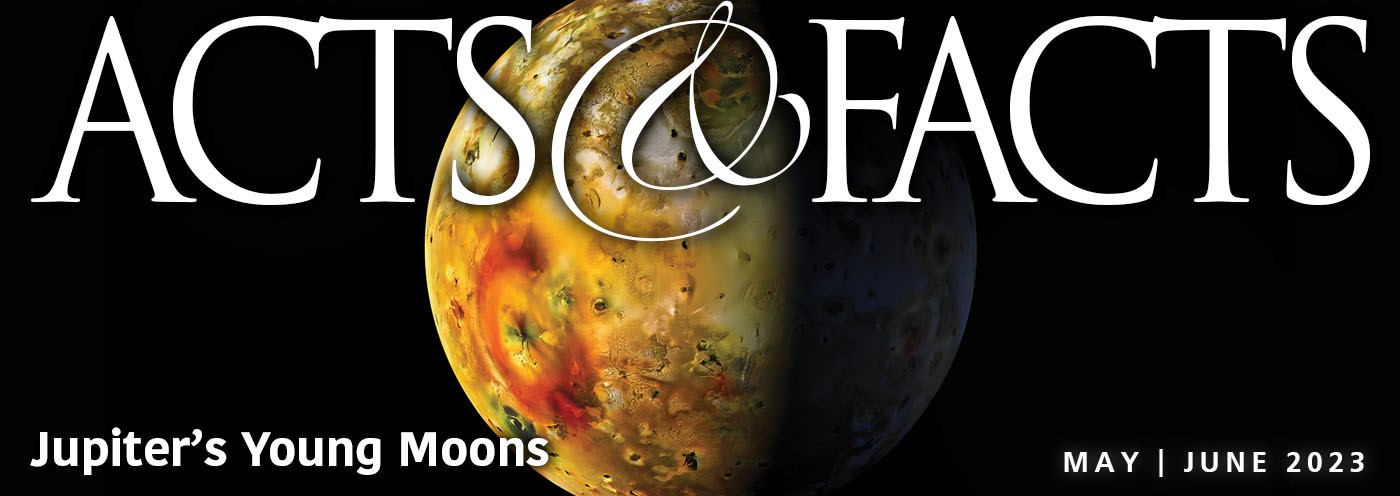It has traditionally been thought in biology that invertebrates were somehow simple and less complex than vertebrates. But in past decades, this has been turned on its head.1,2 For example, Cephalopods (marine molluscs) continue to amaze researchers with their intellect and unparalleled complexity.3 This is especially true for the genetics and biochemistry that regulate such complexity at the cellular level.
Microtubules (MTs) are extremely tiny tube-like structures found in the cells of people, plants, and animals. They contribute to cell shape (cytoskeleton), cell division (mitosis), and a flexible array of scaffolds upon which organelles and other intracellular components are transported by motor proteins. Two-headed motor proteins called kinesin and dynein actually walk in a coordinated fashion along these numerous submicroscopic microtubules.4
In cephalopods, such as squid and octopus, the expression patterns of many transcripts (an RNA copy of a piece of DNA) are modified by RNA editing.
RNA editing is a widespread epigenetic process that can alter the amino acid sequence of proteins, termed “recoding.” In cephalopods, most transcripts are recoded, and recoding is hypothesized to be an adaptive strategy to generate phenotypic plasticity. However, how animals use RNA recoding dynamically is largely unexplored. We investigated the function of cephalopod RNA recoding in the microtubule motor proteins kinesin and dynein.5
Epigenetics6,7 is the study of changes in organisms caused by modification of gene expression rather than alteration of the genetic code itself.
“More remarkably, report two scientists at University of California San Diego in a new study, at least some cephalopods possess the ability to recode protein motors within cells to adapt to different water temperatures.”8
"This work supports the idea that recoding in cephalopods is important for dynamically tuning protein function to support physiological needs and acclimate to changing environmental conditions," said Reck-Peterson [Ph.D., a professor in the departments of Cellular and Molecular Medicine at UC San Diego School of Medicine and Cell and Developmental Biology at UC San Diego]. "These animals are taking a completely unique approach to adapting to their surroundings."8
In other words, these amazing inshore squid (Doryteuthis opalescens) function in line with the ICR model of CET: a process of continuous environmental tracking that generates adaptational changes (traits that are modified through development, biochemistry, physiology or the expression of particular groups of genes) to creatures in different environments. In fact, the article states, “the squid "editome" may be a valuable resource for highlighting regions of molecules that are amenable to plasticity or change.”8
Indeed, one would be hard-pressed to find a better example of CET. Natural selection is not mentioned in this report. There’s no need to. The squid have been created with the genetic ability to move in and fill various aquatic niches. They must “have at least three essential elements: a sensor to detect changing environmental conditions, a logic mechanism to select suitable responses, and actuators to implement those responses.”7 This is an example of a creature that is thoughtfully engineered with adaptative programming built into it by the Creator, the Lord Jesus. Such designed adaptive engineering enables the squid to continuously track and appropriately self-adjust to specific environmental changes, including a broad range of ocean temperatures.
"The work suggests that squid can tune their proteome (an organism's entire complement of proteins) on the fly in response to changes in ocean temperature," said Reck-Peterson. "One can speculate that this allows these marine ectotherms—animals that depend on external sources of body heat—to survive and thrive in a broad range of ocean temperatures."8
But they can only survive and thrive if they have these designs and adaptations built in from the beginning. Such engineering features did not come about by chance and time—rather, from the hand of the Creator which is clearly seen.
Which doeth great things past finding out; yea, and wonders without number.9
References
- Sherwin, F. 2011. “Relatively Simple.” Acts & Facts. 40 (7): 17.
- Sherwin, F. Bee Brains Aren’t Pea Brains. Creation Science Update. Posted on ICR.org July 11, 2019, accessed June 11, 2023.
- Thomas, B. Where Did the Mimic Octopus Get Its Amazing Abilities? Creation Science Update. Posted on ICR.org September 14, 2010, accessed April 26, 2023.
- Sherwin, F. Muscle Motion Discoveries Challenge Evolutionism. Creation Science Update. Posted on ICR.org February 6, 2013, accessed June 12, 2023.
- Rangan, K. and S. Reck-Peterson. RNA recoding in cephalopods tailors microtubule motor protein function. Cell. Posted on cell.com June 30, 2011, accessed June 27, 2023.
- Tomkins, J. Epigenetic Code More Complicated than Previously Thought. Creation Science Update. Posted on ICR.org January 28, 2016, accessed June 12, 2023.
- Randy J. Guliuzza, P.E., M.D. 2017. Engineered Adaptability: Epigenetics—Engineered Phenotypic 'Flexing'. Acts & Facts. 47 (1).
- Science Writer. When water temperatures change, the molecular motors of cephalopods do too. Phys.org. Posted on phys.org June 8, 2023, accessed June 11, 2023.
- Job 9:10.
* Dr. Sherwin is science news writer at the Institute for Creation Research. He earned an M.A. in zoology from the University of Northern Colorado and received an Honorary Doctorate of Science from Pensacola Christian College.
















